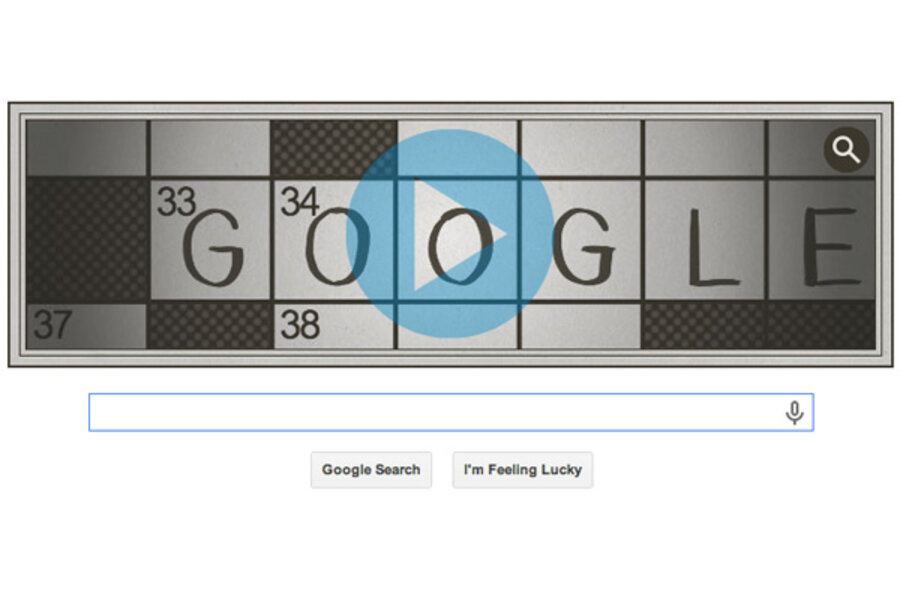How crossword inventor Arthur Wynne designed his first puzzle
Loading...
Navigate to the Google homepage today, and instead of the traditional multi-colored logo, you'll find an interactive crossword with a range of clues, from "It's always worn backwards" to "One way to store data." The whole production is an homage to Arthur Wynne, the cruciverbalist generally credited with publishing the world's very first crossword puzzle.
Now revered by puzzle lovers of all stripes, Mr. Wynne was born in Liverpool, England, in 1871. As a young man, he moved to the United States to pursue a career in newspapers, first at the Pittsburgh Press, and later at the New York World, a now-defunct purveyor of so-called yellow journalism. It was at the second publication, which was then under the control of Joseph Pulitzer, that he made his mark on the world of letters.
According to MIT's database of inventors, in the winter of 1913, Wynne was asked by his editor to create a new "mental exercise" – today, we might call it a brainteaser – for the "Fun" section of the New York World. From the database:
Wynne recalled a puzzle from his childhood called "Magic Squares," in which a given group of words had to be arranged so their letters would read the same way across and down. Wynne created a larger and more complex grid, and provided clues instead of giving the necessary words.
Today, of course, crossword puzzles are generally arranged into large squares.
Wynne's puzzle, when it debuted, was an intricately-designed diamond, hollowed out at the core. (In fact, the shape wasn't the only thing that changed. Originally, Wynne called his creation a "Word-Cross," after its bisecting lines. Only later was the term "Cross-word" introduced, possibly because of an error on the part of a type-setter.)
As for the clues, there were a few doozies. For instance, we're wagering you're not super-familiar with the gomuti palm, nor the name for its fibers ("doh," in case you were wondering). And did you know that the Nard is a particularly aromatic plant in the Valerian family?
Wynne, who had a wicked sense of humor, wasn't unaware of the difficulty factor of his first "Cross-Word." For proof, take a gander at 18 across: "What this puzzle is."
The answer? "Hard."
If you're interested in proving Mr. Wynne wrong, you could print out this copy of the first crossword puzzle (there's also a link to the answers, if you need it). Or you could just crack open the pages of the nearest newspaper or magazine. In the century since Wynne debuted his invention, the world has gone crossword crazy – today there are competitions, tournaments, and clubs, as well as crossword books aplenty.
It may be worth pointing out that, of course, that in 2013, crossword fans have something that Wynne's original readers didn't: Access to the Web, where every answer is only a click away.







